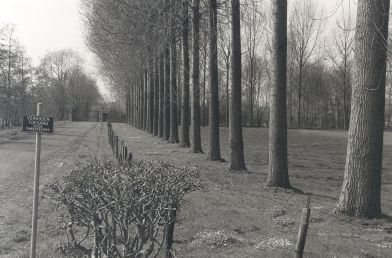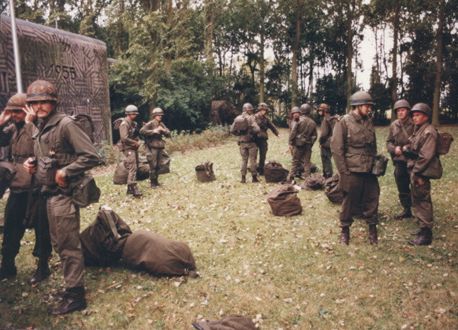 |
 |
Bunker History |
 |
During the Cold War, NATO ordered the construction of several underground complexes throughout Western Europe in order to survive full-scale nuclear war. A five story command bunker for military and civil defense purposes was built in the South-Western region of the Netherlands in 1955. A total of over €250,000,000 euros was spent to build this particular bunker complex. The command bunker was purpose-built to house sensitive electronic gear. It also housed a Radio Base Band Relay Station for local espionage and counter-espionage. The facility was constructed to operate in an energy saving capacity, totally cut off from the outside world, for over 10 years. Up to 72 people could survive in the bunker. The food storage, located on one of the lower levels, was large enough for them to survive. A separated water bunker is located within the fenced-in area. Huge diesel reserves are also integrated into the foundations of the complex to supply the diesel generators for power generation. |
||
| The driveway to the bunker in 1959 |
| A network of access tunnels run under the complex in various directions. The tunnels were used to supply the bunker with food and arms during the Cold War. A heli-pad was constructed outside the compound in order to secretly move people quickly in and out of the bunker. Below level-5 there is a large arms cache of the Dutch Operation Gladio. Operation Gladio is the codename for a clandestine NATO “stay-behind” operation in Europe during the Cold War. Its purpose was to continue anti-communist operations in the event of a Soviet invasion. In 1990, former prime-minister Ruud Lubbers was forced to confirm that the arms were related to planning for unorthodox warfare. He insisted that the Dutch organization was, contrary to the operations in other European countries, completely independent from NATO command, and during wartime occupation would be commanded by the Dutch government in exile. |
 |
|
| Access tunnels run under the complex in various directions |
 |
Except for the Radio Base Band Relay Station and Operation Gladio, the command bunker was never really used. Following the collapse of the Soviet Union, the bunker complex became irrelevant for its original purpose. In 1996 NATO decommissioned the facility and the Radio Base Band Relay Station equipment was removed. The bunker was sold in 1996 to a Dutch entrepreneur and became a data haven datacenter after 2 years of renovation with the name "CyberBunker". Because of its many controversial customers, CyberBunker had several run-ins with the law. In the years to follow the Dutch authorities and the police have made several attempts to enter the bunker by force. None of these attempts were successful. No authority has made it clear exactly why they wanted CyberBunker to terminate its datacenter business. Despite numerous allegations, CyberBunker managed to win every battle before a court of law. It became clear that the most reliable datacenter in the world was here to stay. |
|
| Operation Gladio in front of the bunker entrance in 1986 |